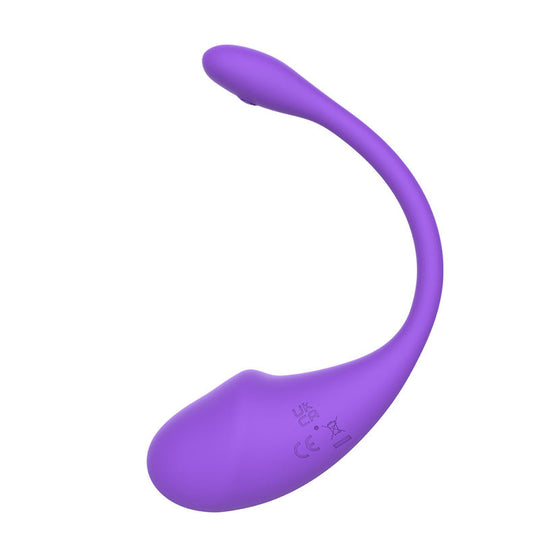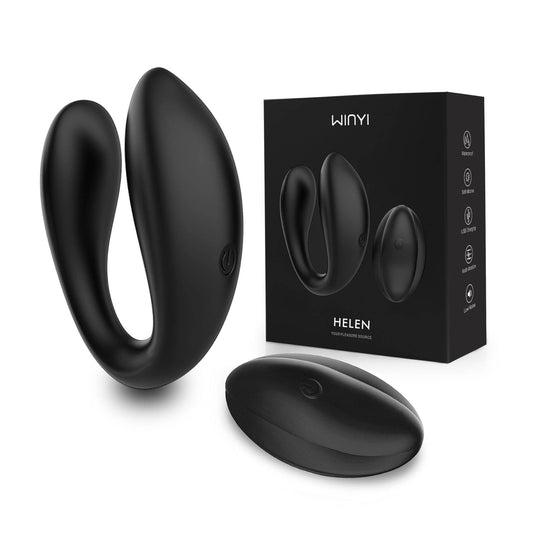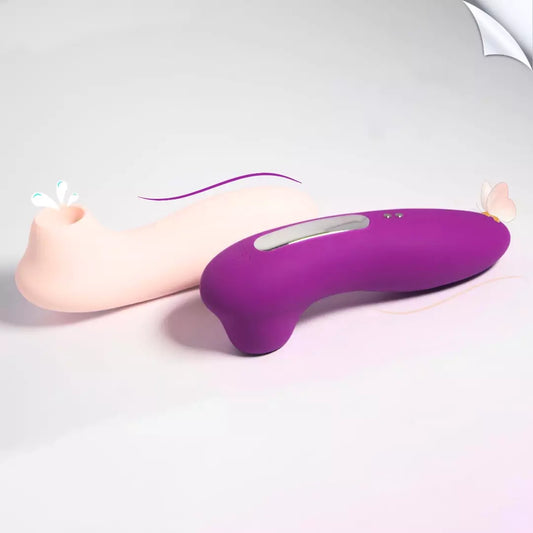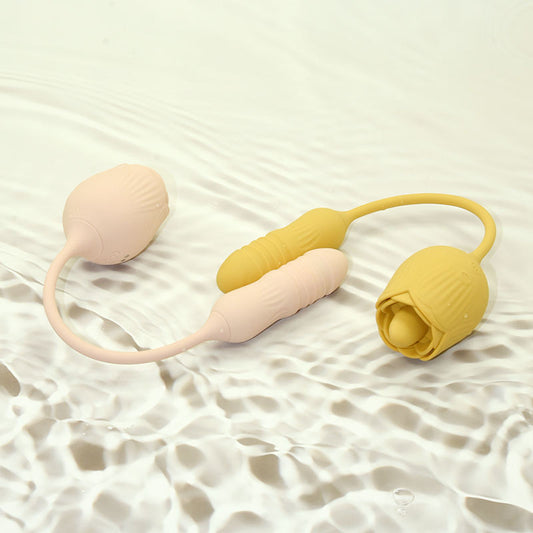Breasts have been the subject of interest as well as debate across different cultures. From ancient civilizations all the way to modern societies, the concept of beauty in the breast is influenced by a variety of elements, such as religion, cultural norms and ideals of society. This article explores the various cultural views regarding breast beauty, examining the various nuances and complexity that exist across the globe.
It explains how diverse cultures have recognized and celebrated the beauty of the breast while shedding light on cultural, religious and social influences that have shaped the way we view beauty throughout.
Understanding Cultural Beauty Standards

The notion of beauty has its roots in the cultural beliefs and traditions of society. Different cultures have distinct views on what is considered beautiful, and breasts play a crucial influence on the perceptions of beauty.
Beauty standards are usually dependent on cultural values as well as beliefs and ideals and are, therefore, highly subjective and subject to variances between different communities and regions.
Effect on Media and Societal Norms
The media and social norms influence how we see beauty, such as breast beauty. Films, advertisements as well as social media platforms frequently promote certain ideals, which influence people's perceptions and choices.
The norms of beauty can be very different across different cultures and may create body image problems as well as unrealistic standards.
The constant bombardment of images and messages could result in a distortion of what constitutes beautiful, which can lead to unattainable and narrow expectations.
Additionally, social values and standards play an important influence on the perception of the beauty of breasts.
In certain cultures, larger breasts are considered to be a symbol of womanhood and fertility, and in other cultures, smaller or smaller breasts are more popular.
These customs are usually deeply instilled and influence all aspects of fashion, from beauty trends to style standards.
Historical Influences and Religious Aspects
Religious and historical influences have been a major factor in shaping the perceptions of culture about the beauty of breasts.
Ancient civilizations valued female beauty, including the breasts, as a symbol of femininity and fertility.
Paintings, sculptures and other antique from these times represent women sporting different breast sizes and shapes, showing wide respect for the breasts aesthetics.
Religions, practices and teachings have influenced the attitudes toward breasts, which range from respect to modesty.
In some religions, the breasts are considered sacred and celebrated because of their nourishing and life-giving properties.
In other religions, there could be more emphasis on cover-ups and modesty, even the breasts.
Breast Perceptions in Different Cultures
Western Cultures
United Stated States as well as Canada
In Western societies, especially those in regions like the United States and Canada, there is a huge importance placed on breast size.
The media and entertainment industries tend to promote a particular image of the breast's appearance, which could lead to concerns about body image and the need for procedures such as breast expansion.
This idealized view of breasts can be unrealistic and can lead to feelings of unworthiness or dissatisfaction with the natural shape of one's body.
However, it's crucial to remember that the perceptions of Western culture aren't all the same. There are ongoing discussions and attempts to contest these stereotypes and encourage an inclusive and diverse perception of breast beauty.
Europe
Although European cultures have some resemblances in some ways with North American perceptions, there is usually a more open and inclusive attitude toward the beauty of breasts.
A lot of European nations have a more welcoming and open conception of the female body and breasts, which is evident in their media, art and social practices.
European fashion and advertising campaigns typically feature more diverse sizes, body types, and shapes, which helps to create a more inclusive image of beauty.
Furthermore, there is certain European cultures have a long history of celebrating women's shape and breasts through literature and art.
The legacy of this culture has influenced the way we view breasts today, that have cultivated an understanding and appreciation view of breast beauty.
Eastern Cultures
China, as well as Japan
In the traditional Chinese and Japanese cultures, breasts were traditionally viewed as a symbol of fertility and love.
Ancient literature and art frequently depicted women sporting larger, more figured bodies, which included large breasts as an indicator of wealth and beauty.
However, modern perceptions have changed towards smaller, less petite breasts. Media influence and Western values have also affected these societies, resulting in an alteration in breast beauty expectations.
It is important to recognize that in these societies, there's a variety of beliefs and attitudes concerning the beauty of the breast.
In certain communities and regions, there are traditional values that remain, but in others, more contemporary and Westernized values have taken over.
India
In India, Breasts have long been considered to be a sign of femininity, fertility and motherhood.
Religious and cultural traditions, including women's worship and gods who have prominent breasts, have led to a more welcoming and diverse perception of the beauty of the breast.
The earliest Hindu writings and art often praised the feminine form with breasts of all dimensions and sizes.
However, the influence of Western technology and the globalization of media have also brought new ideas and perspectives.
In cities and younger generations, there is a growing tendency to adopt Western aesthetics, which could sometimes clash with traditional values and beliefs.
African Cultures
African cultures have a broad variety of beliefs about the beauty of breasts. In certain traditions of African societies, breasts with larger sizes are considered to be a symbol of fertility and womanhood.
They are frequently viewed as a sign of a woman's capacity to take care of and support her family. The size and shape of breasts are considered to be important for their practical significance in the culture, not only for their aesthetic value.
In different African societies, breasts with smaller sizes are preferred because they are believed to be more attractive and youthful. This is often determined by the cultural traditions or beliefs which have been handed over generations.
In the influence of Western ideas has also affected opinions in some regions, with certain African communities adopting more narrow standards for beauty brought in by globalization and media.
Tribal Traditions and Cultures
The tribal and indigenous cultures of all over the world have distinctive opinions on the beauty of breasts.
A majority of these cultures recognize the nature and purpose of breasts and consider their beauty as a symbol of fertility, femininity and love for one another.
Breasts are usually presented and honored in rituals and ceremonies of the past as well as in various dimensions and forms, being praised for their spiritual and cultural significance.
In certain indigenous cultures, breasts are considered sacred, respected and honored.
They can be covered or not depending on the culture's practices and beliefs, but generally, they are considered an essential part of women's lives as well as the cycles of existence.
It is important to remember that in these diverse societies, there's a broad variety of practices, beliefs and values that surround the beauty of breasts, and generalizations must be made with caution.
Effect of Body Positivity on Movements

Challenging Beauty Standards
In recent times, body positivity movements have been gaining momentum and have challenged traditional beauty standards and promoted the acceptance of diversity and inclusion.
The movements played an important role in changing perceptions of breast beauty, urging women to embrace their bodies in their natural form and to reject unrealistic expectations.
Body-positive advocates have emphasized the negative consequences of limiting beauty standards as well as the need to adhere to unrealistic models.
They have advocated for more diverse and inclusive representations of women, including breasts of all sizes and shapes, in advertising and media.
With the help of advocacy organizations, social media sites as well as grassroots efforts, the body positivity movement has increased the number of voices that recognize the beauty and variety of the human body, including breasts.
This has helped challenge the long-held stereotypes and prejudices and has created space for more open and inclusive conversations about the beauty of breasts.
Promoting Self-Love, Acceptance and Love for Others
The advocates of body positivity have stressed that self-love is essential as well as acceptance.
They encourage people to be proud of their individuality, such as their breasts. This has helped decrease body image concerns and encourage a healthier connection with how one looks.
Through promoting self-acceptance and challenging the idea of the "perfect" breast, These movements have empowered people to accept their natural shapes and to resist pressures from society to conform to unrealistic expectations.
They have urged people to embrace their breasts just as they are, recognizing their unique beauty and utility regardless of shape, size, or symmetry.
Additionally, the body positivity movement has provided secure spaces for discussion concerning breast-related issues like breast cancer, breastfeeding and body image issues.
These discussions have helped de-stigmatize and promote the diversity of situations and realities of breasts, creating an inclusive and welcoming atmosphere.
Health and Wellness Considerations

Breast Cancer Awareness and Help for Support
The health of breasts and the need for awareness have also affected how women view breasts in the culture.
Campaigns and organizations designed to raise awareness and help cancer patients have led to better awareness and appreciation regarding the value of breast health.
By shedding light on the incidence of breast cancer as well as the struggles of those who are affected, these programs have helped eliminate any stigma and facilitate open dialogue about breast health and the breasts.
They have stressed the importance of routine breast self-exams and mammograms in addition to early detection of breast cancer, encouraging an informed and proactive approach to breast health.
Furthermore, there are breast cancer awareness programs that have often highlighted the strength and endurance of those who have survived and highlighted the beauty and strength that the body has, especially breasts and their adipose tissue, in the face of the challenges.
This has pushed back against the narrow definition of beauty and promoted an all-encompassing and compassionate understanding of beauty for women that includes strength, health and personal experiences.
Maternal Health and Breastfeeding
The breastfeeding process and its significance for infant and maternal health have also shaped the cultural views regarding breasts.
In some societies, breastfeeding is a thing of the past and encouraged, but in some, it could be viewed as a stigma or social barrier. The efforts to promote breastfeeding have led to increased appreciation for the inherent role of the breasts.
Organizations and advocates for breastfeeding have been working to promote and de-stigmatize breastfeeding in public, challenging social norms and beliefs about breasts and their main purpose.
They have highlighted the many advantages of breastfeeding for both babies and mothers and have helped to increase awareness and appreciation for the role of nurturing and the biology of breasts.
Additionally, discussions about breastfeeding have brought light to the importance of health for mothers and the difficulties that breastfeeding mothers face.
This has led to a greater discussion of the various women's experiences and the realities of motherhood with regard to the different shapes, sizes, shapes, and looks of breasts through different phases of life.
New Era of Breast Beauty Perceptions

Embracing Diversity & Inclusivity
As our society grows more diverse and inclusive and diverse, it is crucial to acknowledge and celebrate the diversity of the beauty of breasts.
Recognizing and appreciating the various shapes, sizes, and shapes of the breasts, we can help create an open and welcoming environment free of unrealistic expectations and body image concerns.
This new approach to inclusion requires challenging the outdated and narrow beauty standards and encouraging a more holistic and nuanced understanding of the beauty of breasts.
It is about acknowledging and celebrating the distinctive personal, historical, and cultural personal stories that influence our conceptions of breast beauty.
Additionally, the concept of embracing the diversity of breast beauty goes over physical beauty. It means recognizing and valuing the many identities, experiences and personal journeys of each person, regardless of whether they are related to breast cancer, breastfeeding, gender identity, or personal expression.
In fostering an atmosphere of acceptance and appreciation of diversity, we can create a welcoming and supportive space for people to feel comfortable and at ease in their bodies, irrespective of their size, shape or appearance.
Body Image
As we move forward, it's essential to continue to promote an ideal body image that is healthy and self-acceptance.
This can be accomplished by media representation, education, and continuing efforts to change outdated expectations of beauty.
By encouraging people to accept their individuality, which includes the breasts they have, we are able to make a positive and empowered society.
Education is a crucial factor in helping to promote confidence in one's body and self-esteem.
By providing reliable information and resources on the development of breasts, their health, and the diversity of breasts, we are able to assist people to understand and appreciate the inherent differences in the appearance of breasts and their functioning.
This information can help counteract unrealistic expectations and create an enlightened as well as positive image of oneself.
Media representation is a key element in influencing perceptions of the beauty of breasts.
By displaying a wide range of types of breasts, body types and shapes in advertising and media,
We can challenge the traditional beauty standards and encourage an inclusive view of beauty.
The representation of women can help people perceive themselves positively and in a positive way, which can boost confidence and self-esteem.
Furthermore, continuing efforts to challenge outdated beauty standards and encourage a positive body are crucial.
These can include advocacy campaigns soc, social media campaigns, or grassroots movements that highlight diverse opinions and experiences.
Through opening up spaces for discussion and recognizing the beauty and strength of everybody, We can help create a positive and inspiring story of breast beauty in the culture.
Conclusion
The perceptions of culture about breast beauty are multi-faceted and complex and influenced by a variety of aspects, such as the history of practices, religious beliefs as well as media influence and social expectations.
As we examine the many viewpoints across cultures, it becomes clear that beauty in the breast is a subjective and constantly evolving notion.
In all of history, the breasts of women have been honored, revered, decorated and adorned by different cultures who appreciate and appreciate different dimensions, shapes and shapes.
From ancient civilizations that worshipped female forms to the current movement for body positivity that challenges narrow beauty standards, the concept of beauty in the breast has gone through an incredible transformation.
Although Western societies have often perpetuated certain ideals regarding breasts, which has led to problems with body image and an urge for cosmetic surgery However, different cultures have maintained an open and diverse conception.
Eastern, African, and indigenous cultures have embraced the breasts as a symbol of fertility as well as nurturing and womanhood and have embraced the beauty of breasts in all their varieties.
Promoting self-acceptance and accepting diversity is essential to creating an inclusive and healthier appreciation of the beauty of breasts.
By challenging old-fashioned notions and embracing the natural differences in shape, size and purpose, we can create an empowering and positive environment for every background.
In the end, the process of achieving an open and inclusive view of beauty in the breast requires constant efforts from people as well as communities and society in general.
Through encouraging dialogue in the pursuit of education, as well as combating harmful stereotypes and stereotypes, we can create an environment where everyone can be comfortable and confident with their own unique body and embrace the beauty and strength that is their body, which includes their breasts.
FAQ
Q1. How does the media impact the perceptions of beauty and femininity in our culture?
The media plays a major part in shaping the cultural perceptions of beauty in the breast. Movies, ads as well as social media sites frequently promote certain ideals and beauty standards, which influence the preferences of individuals and lead to problems with body image.
The constant bombardment of images and messages could result in a distortion of what's thought to be beautiful and often promotes unattainable and narrow standards.
Q2. Are there health concerns in relation to the cultural conceptions of breast beauty?
Yes, health concerns like breast cancer awareness and assistance, as well as breastfeeding and maternal health, have changed the way we view breasts. Initiatives to increase awareness and promote the health of breasts have led to a better awareness of the importance of the function and health of breasts.
Awareness campaigns for breast cancer have highlighted the resilience and strength of those who have survived and challenged the narrow standards of beauty.
Furthermore, discussions on breastfeeding have highlighted the importance of health for mothers and the many different experiences women have.
Q3. How do body-positive movements contest the beauty norms of the past?
Body positivity has played an important role in challenging traditional beauty standards and in promoting the acceptance of diversity and tolerance.
They have brought to light the detrimental results of narrow standards for beauty in the pursuit of idealized models.
They have advocated for more diverse and inclusive representations of women that include breasts in all sizes and shapes in the media and advertisements.
Through promoting self-acceptance and challenging the idea of the "perfect" breast, the movements have encouraged people to accept their naturally-formed bodies and resist social demands to conform to unattainable norms.
Q4. What role can the influences of religion and history have on the perceptions of culture of beauty and femininity?
The influence of religion and history has profoundly shaped the perceptions of culture about the beauty of breasts.
A number of ancient civilizations celebrated female beauty, which included breasts, as a symbol of femininity and fertility, by creating paintings, sculptures and artefacts of women in different breast sizes and shapes.
Religion-based teachings and practices have influenced the way women view breasts, which ranges from reverence to apathy.







